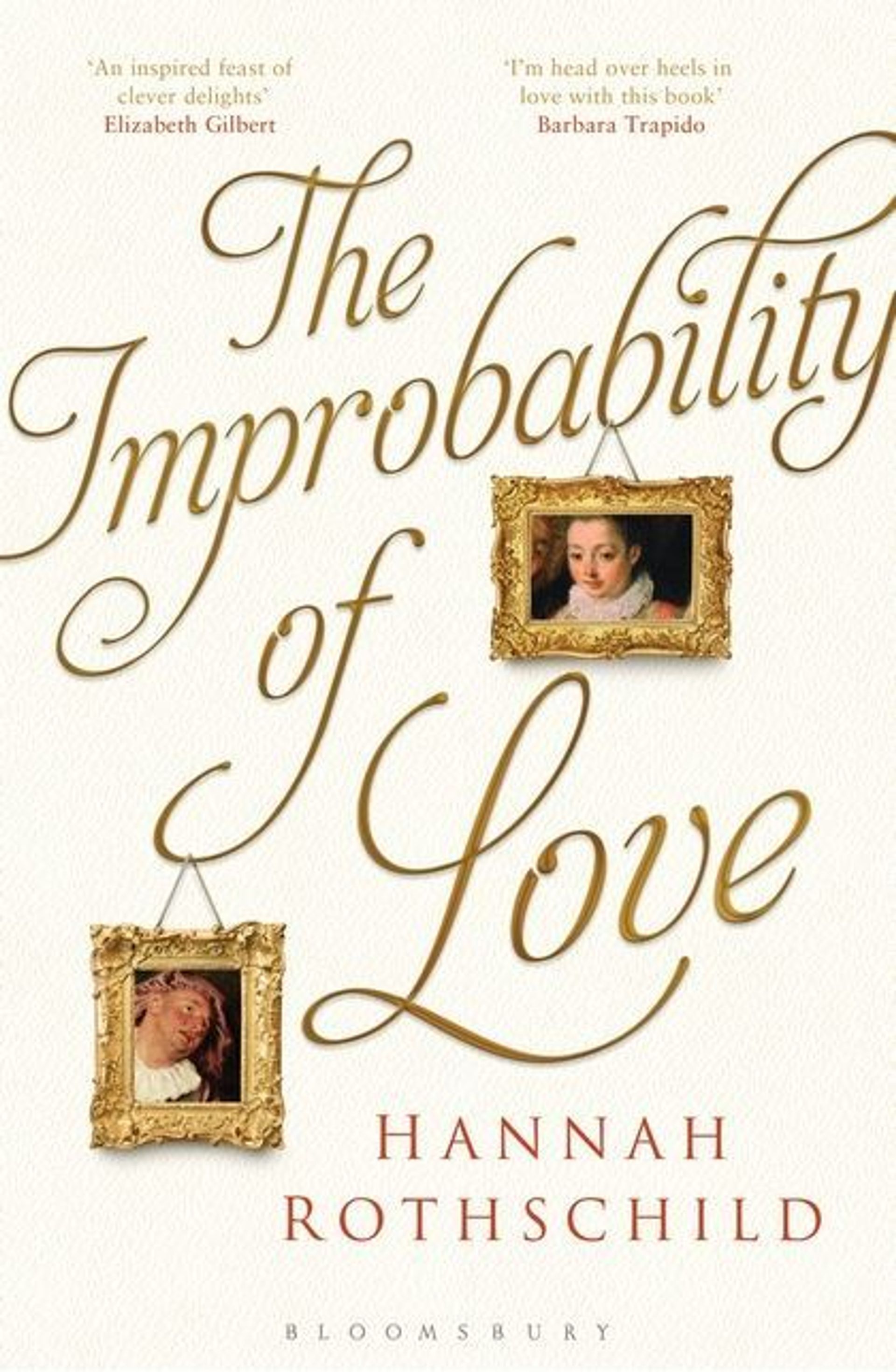When Stella Rimington writes a thriller, you read it with the extra curiosity that comes from knowing that she is former director general of MI5 and privy to more of the secret ways of villainy than the ordinary crime writer. This is also true in spades for Hannah Rothschild’s The Improbability of Love (Bloomsbury Publishing), but here it is the art world into which we get an insider’s insights.
She is from a family whose collections of art are legendary and she is about to be chairman of the board of London’s National Gallery, where she has been a trustee. What do we learn about her from the book, which turns on the fortunes of an eponymous, imaginary Watteau? The first thing—and this is reassuring—is that she clearly knows how to look at painting and loves it.
Second, she understands the mechanisms of the market and the Vanity Fair of the art world perfectly, indeed, disconcertingly (will potential rich donors fear her dissecting eye?). Third, she can write an excellent page-turner, with a neatly interwoven plot and a hilarious cast of characters—I galloped through it over one long and enjoyable night. Part of the fun is trying to match it all up with people in real life, although the book reads perfectly well without.
The painting, a work of extraordinary and tragic power for those who have eyes to see it (and not all the experts do), ends up in a junk shop and is accidentally bought by an impoverished and heartbroken young woman. Meanwhile, the head of a hugely powerful and secretive Jewish art-dealing family, with vast holdings of great art, is after the painting and will stop at nothing because it is not only Nazi loot but the key to his guilty secret, this being the mystery that carries the plot forward.

On the way, there is the impecunious peer in the auction house who is desperate to get valuable consignments (various potential candidates for this role), a line-up of possible buyers for the Watteau, including a Russian homesick killer oligarch in exile whom an utterly gay, high society Mr Fixit decides to turn into a collector, a rapper called M.Power Dub Box, the Sheikha of Alwabbi and an American collector called Melanie Appledore.
She is a detailed and admiring portrait of the New York collector and benefactor, Jayne Wrightsman: “Her generosity was legendary: staying with the Duke of Denbighshire [Devonshire], she presented His Grace with Goya’s drawing of the first duke…. Using her acumen and knowledge, she created the pre-eminent collections of French pictures and decorative arts outside France”. Frank Auerbach has a bit-part disguised as a reclusive Czech painter who takes seven years to complete a portrait: “The longest sitter had been coming for nearly fifty years and the ingénue for over seventeen."
Contemporary politics are here, as in Vladimir Putin’s diabolical pacts with the oligarchs. Populist museological tendencies are mocked when Rothschild includes the episode where unmarried mothers were brought into the National Gallery to identify with paintings of the Madonna and Child.
Rothschild uses the painting itself to tell the story from its creation by the lovesick Watteau through all of its owners, via the looting by Napoleon to its unhappy past in Nazi hands and its humiliating descent into the junk shop. And then she gives it the last word: “Soon I will be nothing more than a tiny pile of dust. Luckily, may followers and imitators thrive and survive and some are excellent. All that matters is that artists keep reminding mortals about what really matters: the wonder, the glory, the madness, the importance and the improbability of love." It seems the new chairman of the National Gallery may not be a complete cynic after all.

